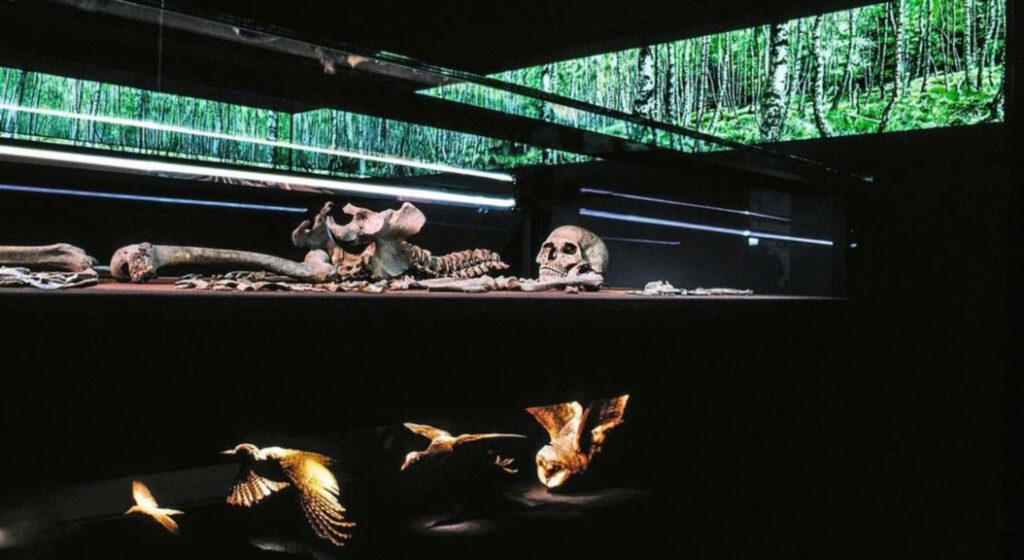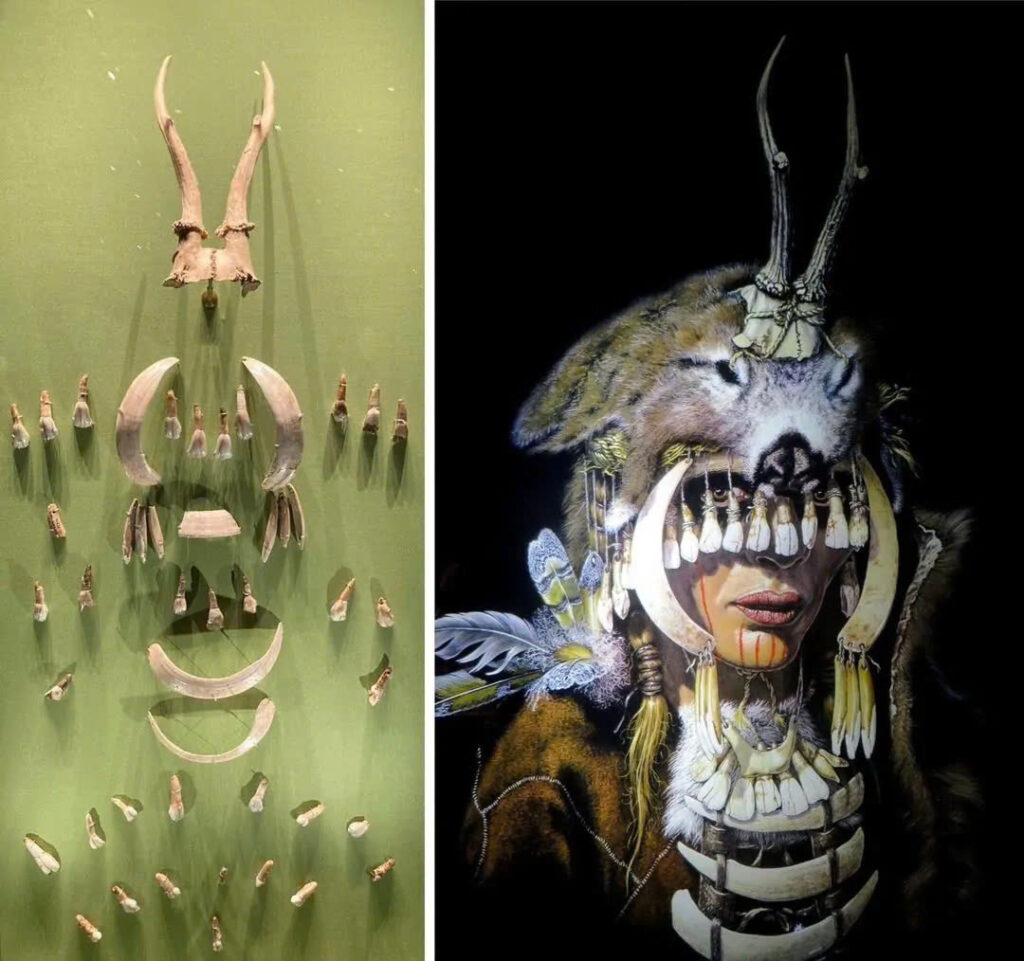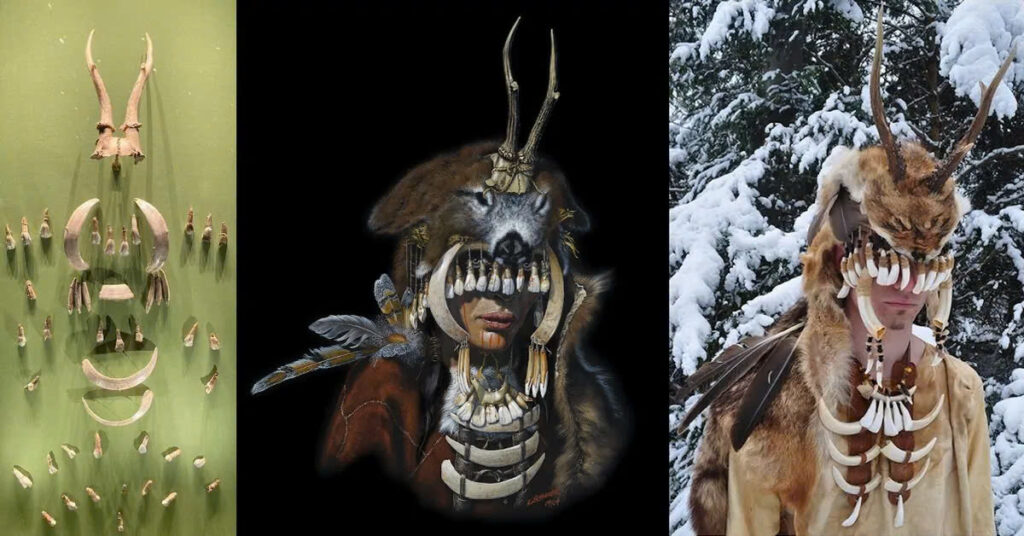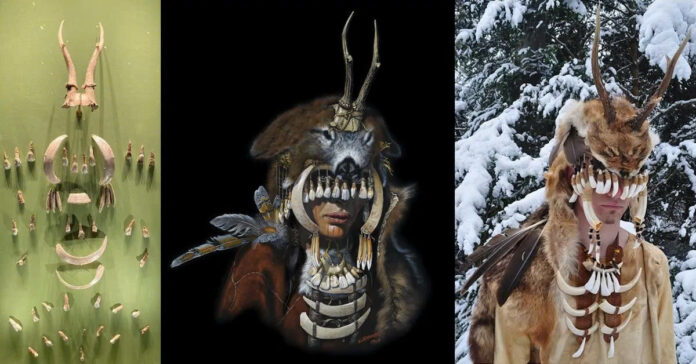Uncovering the Truth Beneath Bad Dürrenberg

Beneath the serene soil of Bad Dürrenberg in eastern Germany lay secrets that would challenge historical narratives and expose the errors of a regime obsessed with racial purity. In 1934, as the Nazis rose to power, a grave was uncovered that they believed would confirm their ideals of Aryan ancestry—specifically, the remains of a white-skinned, blue-eyed, blond-haired man. Yet, the truth was buried deeper, obscured by decades of misconceptions and prejudice.
The Discovery of the Shaman

The story begins with the Nazis, who, in their quest to legitimize their myth of racial supremacy, stumbled upon the 9,000-year-old remains of what they presumed to be an original Aryan male. Dubbed the “Shaman of Bad Dürrenberg,” this grave was heralded as a monumental find that perfectly aligned with Nazi propaganda. However, their initial triumph was built on a falsehood.
Years after World War II and the collapse of the Nazi regime, scientific advancements—such as genetic analysis and magnetic resonance imaging—challenged these early assumptions. Researchers Harald Meller and Kai Michel uncovered a startling truth: the remains belonged not to an Aryan male, but to a powerful, dark-skinned woman from the Mesolithic period, buried with artifacts that hinted at her significant societal role.
The Shaman’s Legacy

This woman, adorned with deer antlers and surrounded by items like turtle shell rattles and pierced animal teeth, defied the Nazi ideal. Her grave was shared with a child who was not biologically hers, suggesting she was a revered shamanic figure, mediating between the living and the spirit world. Her unique physical condition, which caused her eyes to drift upward, was misinterpreted by her community as a trance state, enhancing her status.

The investigation into her life and the revelation of her true identity fundamentally rewrote the narrative constructed by the Nazis. Instead of a white male warrior, archaeologists discovered a woman of power and respect—an oracle or leader—whose differences were not a hindrance but a source of strength within her community.
Challenging Historical Narratives
This discovery shattered not only the Nazis’ long-held beliefs about racial superiority but also the broader historical assumption of female subordination in prehistoric societies. The Shaman of Bad Dürrenberg serves as evidence that ancient cultures may have revered individuals who deviated from societal norms, whether physically or psychologically.

The unfolding of this tale, as narrated by Meller and Michel, resembles the plot of a detective story, illustrating that history is not merely about uncovering the past but also about interpreting and, at times, misinterpreting those lives. The truth surrounding the shaman transformed a Nazi dream find into a nightmare, demonstrating that the past cannot be manipulated to fulfill hateful ideologies.
A Lesson for the Future

The story of the shaman and the errors surrounding her discovery is a profound reminder of the complexities of our past and the importance of approaching history with an unbiased perspective. It underscores the necessity of scientific integrity and the continuous evolution of our understanding of identity and heritage. As we reflect on this history, let us strive to do so with clarity, free from the shadows of prejudice.

